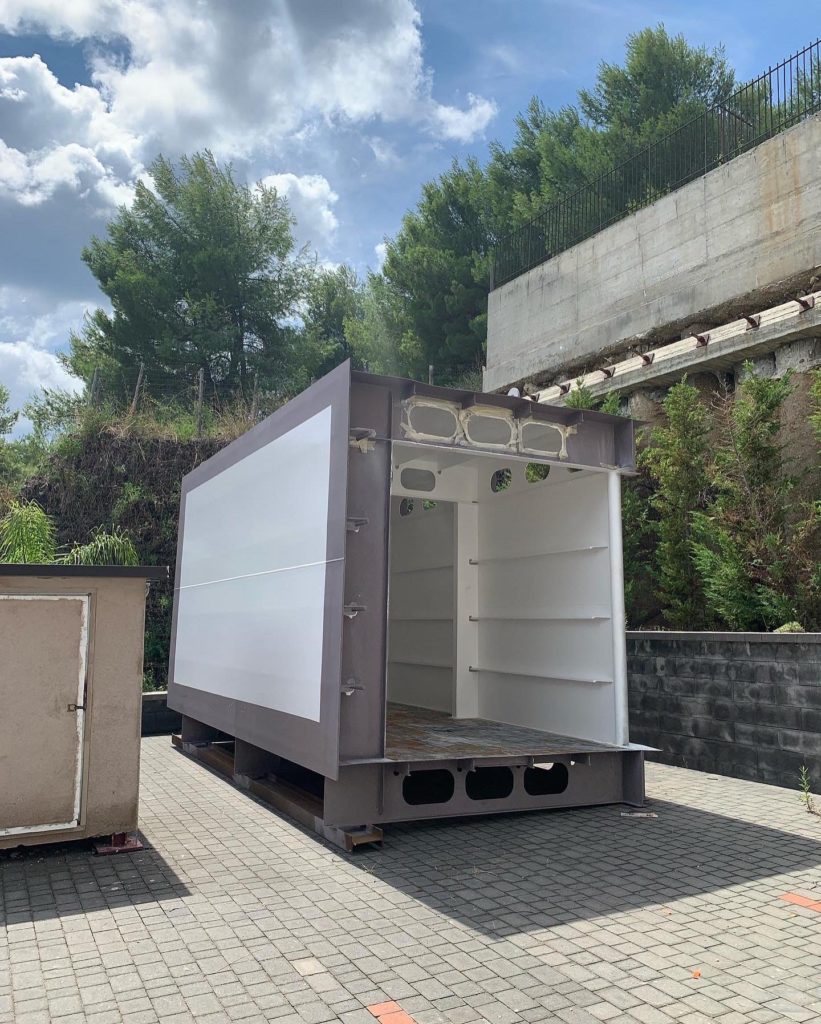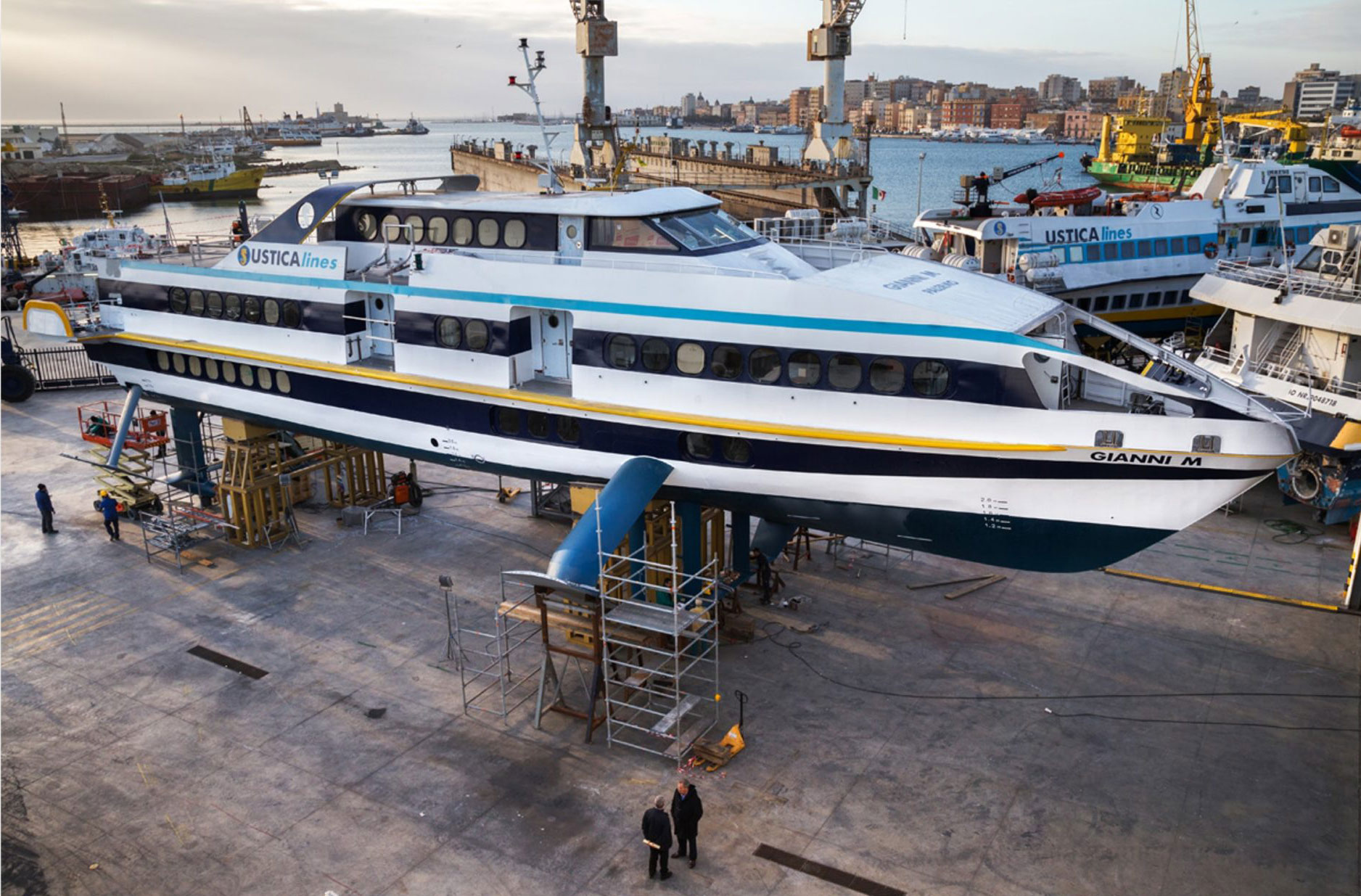INJOIN
Innovative joining technologies for naval applications

INJOIN is closely connected with the innovation of introducing, in the field of shipbuilding, new materials, such as aluminium alloys and composite materials. INJOIN focuses on the industrial transfer of both the most suitable joining technologies to connect multi-material structures (e.g., friction stir welding, self-piercing riveting, bonding, clinching) and their combination in hybrid joints.
KEYWORDS
Joining
Shipbuilding
Vessel
Lightening

Mission
In 2019, the Action Plan of the Cluster BIG (Blue Italian Growth) was published. In its first section, it describes the technological and development roadmap. The actions within the "Sustainable, safe, connected and autonomous ship" technological area, identified along the "Shipbuilding and marine robotics" trajectory, include the introduction of high-performance materials, the design for LCA, and the weight reduction. These actions create a strong need for innovation and tend to bring about a radical change in a sector characterized by a low level of technology and a production often focused on traditionally methods and technologies. New materials involve the introduction of both new production techniques and new alternative connection techniques. For example, if you want to introduce aluminium alloy components in a ship made of steel to reduce the weights and, consequently, the consumptions or move the centre of gravity of the vessel downwards to increase stability and safety in navigation, the study of the most suitable connection between steel and aluminium becomes critical. In some large shipyards the two materials are connected by explosion welding joints made by external suppliers with the consequent need to understand the effectiveness and efficiency of the joint not only under mechanical stresses but also over time within an aggressive environment such as the marine one.
This issue is of great interest not only at the academic level, but above all at the industrial level; It has characterized the 2014-2020 programming and will also be central in the new Horizon Europe.
In this context of strong interest of the naval industry towards joining and presence within the European, national and local planning operational tools, the creation of a specific Section is necessary. It can be not only a reference point for shipbuilding naval but also it can produce active and effective dynamics of meeting and comparison, of interaction and integration.

- "L’alleggerimento di una nave comporta riduzione dei consumi e aumento della stabilità."
- "L’alleggerimento richiede nuovi materiali, nuove tecniche produttive e nuovi sistemi di collegamento."
- "Giunti multi-materiali e giunti ibridi rappresentano una nuova opportunità di sviluppo."
Coordinatori e componenti fondatori

Simone Panfiglio
Coordinatore industriale
Distretto tecnologico NAVTEC
Guido Di Bella, Dipartimento di Ingegneria, Università di Messina
Simone Panfiglio, Distretto Tecnologico NAVTEC
Gianluca Buffa, Dipartimento di Ingegneria, Università di Palermo
Michela Simoncini, Dipartimento di Ingegneria Industriale e Scienze Matematiche, Università Politecnica delle Marche
Archimede Forcellese, Dipartimento di Ingegneria Industriale e Scienze Matematiche, Università Politecnica delle Marche
Chiara Borsellino, Dipartimento di Ingegneria, Università di Messina
Maurizio Vecchio, Caronte & Tourist
Michele Sferrazza, Intermarine
è disponibile il white paper della sezione al link:
https://link.springer.com/chapter/10.1007/978-3-031-41163-2_14

